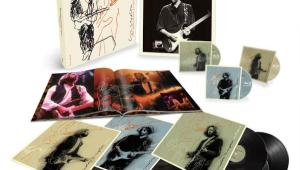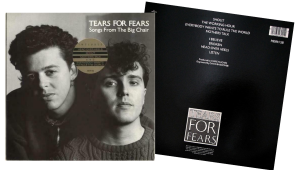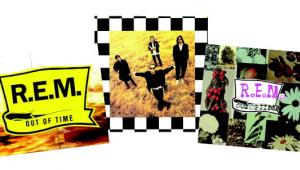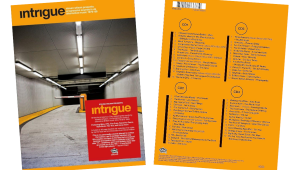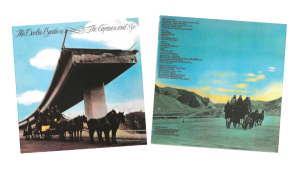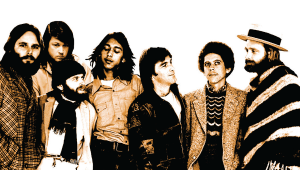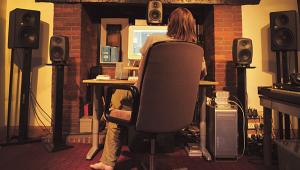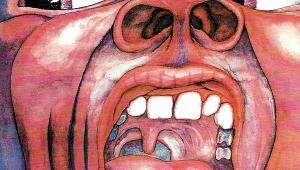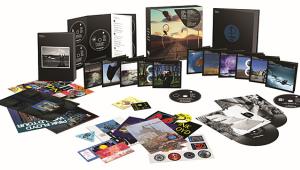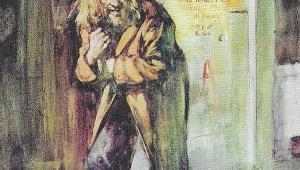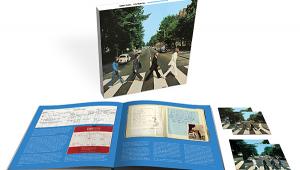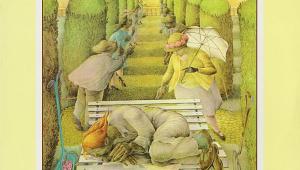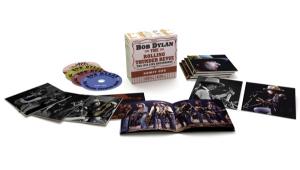Horn of Plenty: Miles Davis Page 2
The rest of the anniversary titles gathered here are from Columbia/Legacy's continuing series of Davis reissues. 'Round about Midnight and Milestones are bona fide classics, the first recorded in 1955-56 by Davis's quintet with John Coltrane, the second in 1958 by his sextet with Coltrane and Cannonball Adderley. Both Jazz at the Plaza and Miles Davis at Newport 1958 capture the powerful sextet in concert, a year before Kind of Blue (which has just been reissued as a multichannel Super Audio CD; see review on page 128). Meanwhile, The Best of Miles Davis & John Coltrane (1955-1961) and the two-disc The Essential Miles Davis are samplers, for beginners only, with the latter spanning labels from Savoy to Warner Bros.
The two releases most worthy of comment from this year's bumper crop are Columbia/Legacy's three-disc The Complete "In a Silent Way" Sessions and two-disc Miles Davis at Fillmore East (March 7, 1970): It's About That Time because these are the only ones that include "new" material. The real selling point of the Silent Way box, though, is how that material casts the familiar tracks in a new light.
Released in 1969 but upstaged by Bitches Brew the next year, In a Silent Way was one of Davis's moodier and most beguiling albums. Davis was famous for supposedly never doing anything halfway, yet on these sessions, recorded over a five-month period, we hear him and his musicians at first rather gingerly approaching the task of fusing jazz improvisation with the grooves and amplification of funk and psychedelic rock. As on Kind of Blue, where Davis challenged his sidemen with modes, this deliberation is seductive, one of this music's most attractive qualities. By his own admission, Davis was infatuated with Jimi Hendrix and Sly Stone, rockers he believed were more in touch with black street culture than any of the jazz avant-gardists raising their horns in solidarity with Malcolm X and H. Rap Brown. Yet the John McLaughlin drone that sets the mood of "In a Silent Way" / "It's About That Time" actually owes less to Hen drix than to the archetypal white-blues guitar hero Mike Bloomfield.
The two side-long performances on the original LP were after-the-fact creations, edited by Davis and his producer, Teo Ma cero. The new box allows us to hear for the first time these pieces as they were actually performed in the studio (together with the doctored versions). It also puts Davis's accomplishment in bolder perspective by including related material from sessions that led up to the album. These include three ambling performances that were never previously issued in any form: "Splashdown," "The Ghetto Walk," and "Early Minor."
There was nothing hesitant about Davis's approach by the time of the entirely never-before-issued At Fillmore East. This was an all-out assault, a shock to the senses comparable only to the screams of Coltrane's last group with Pharoah Sanders. From 30 years' distance, even Chick Co rea's otherworldly Fender Rhodes seems derived from avant-garde jazz models, specifically Sun Ra.
- Log in or register to post comments

